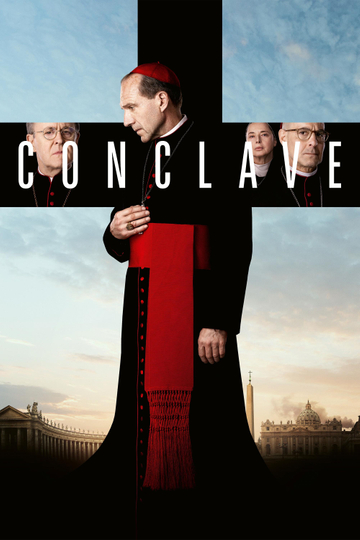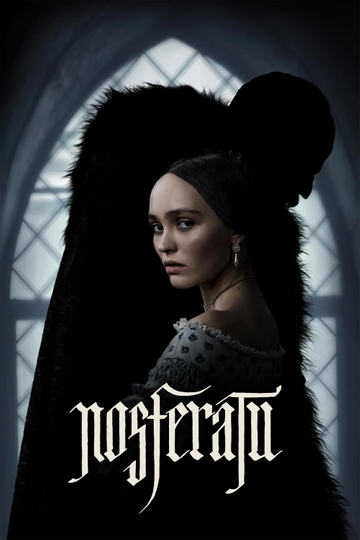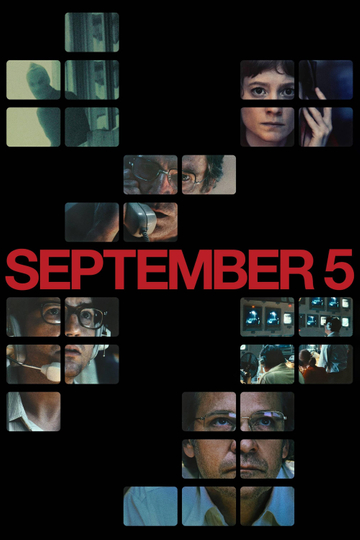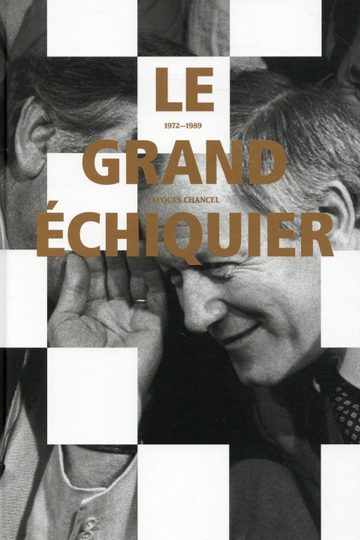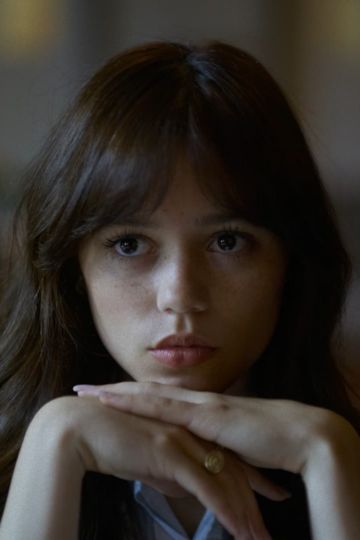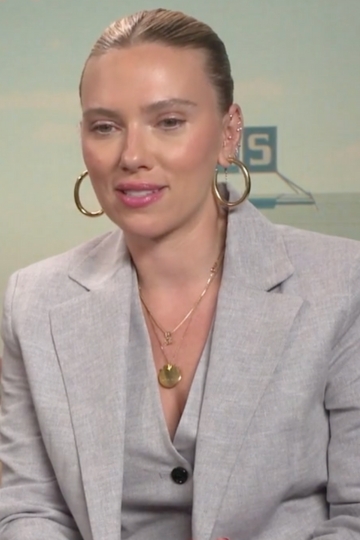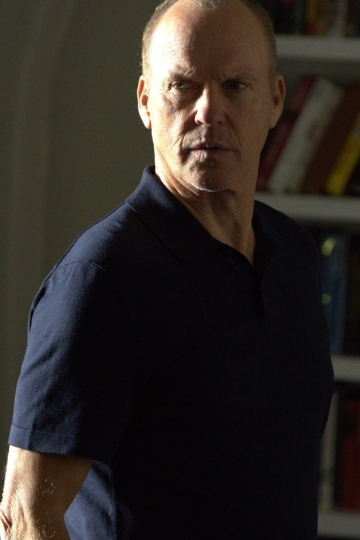Serge Lifar Biography
Serge Lifar (Ukrainian: Сергій Михайлович Лифар, Serhіy Mуkhailovуch Lуfar) (15 April [O.S. 2 April] 1905 – 15 December 1986) was a Ukrainian ballet dancer and choreographer, famous as one of the greatest male ballet dancers of the 20th century. Not only a dancer, Lifar was also a choreographer, director, writer, theoretician about dance, and collector.
As ballet master of the Paris Opera from 1930 to 1944, and from 1947 to 1958, he devoted himself to the restoration of the technical level of the Paris Opera Ballet, returning it to its place as one of the best companies in the world. Lifar was born in Kyiv, Russian Empire. His year of birth is officially shown as 1904 (as on a 2004 Ukrainian stamp commemorating his centenary).
He became the pupil of Bronislava Nijinska in her ballet studio «School of Movement» in Kyiv, 1920. In 1921 he left Soviet Russia and was noticed by Sergei Diaghilev, who sent him to Turin in order to improve his technique with Enrico Cecchetti. He made his debut at the Ballets Russes in 1923, where he became the principal dancer in 1925. Lifar was considered the successor to Nijinsky in the Ballets Russes.
He was cast at the age of 21 opposite Tamara Karsavina in Nijinska's Roméo et Juliette (1926, score by Constant Lambert); Karsavina was twice his age. He originated leading roles in three Balanchine ballets for the Ballet Russes, including La Chatte (1927), with a score by French composer Henri Sauguet and based on an Aesop fable, which featured Lifar's famous entrance in a 'chariot' formed by his male companions; Ode by Léonide Massine and Apollon Musagète (1928) with a score by Stravinsky depicting the birth of the Greek God Apollo and his encounter with the three muses, Calliope, Polyhymnia, and Terpsichore; and Le Fils prodigue (The Prodigal Son) (1929), with a score by Sergei Prokofiev, the last great ballet of the Diaghilev era.
At the death of Diaghilev in 1929, Lifar at the age of 24 was invited by Jacques Rouché to take over the directorship of the Paris Opéra Ballet, which had fallen into decline in the late 19th century. Lifar gave the company a new strength and purpose, initiating the rebirth of ballet in France, and began to create the first of many ballets for that company.
These were immediately successful, such as Les Créatures de Prométhée (1929), a personal version of Le Spectre de la rose (1931); and L'Après-midi d'un faune (1935); Icare (1935), with costumes and decor by Picasso; Istar (1941); and Suite en Blanc (1943), which he qualified as Neoclassical ballet. As part of his effort to revitalize dance, Lifar thought the basic principles of ballet—specifically the five positions of the feet—denied mobility for the dancer.
He codified two additional positions, known as the sixth and seventh positions, with the feet turned in, not out like the first five positions. The sixth and seventh positions were not Lifar's inventions, but revivals of positions that already existed in the eighteenth century, when there were ten positions of the feet in classical ballet; and their use is limited to Lifar's choreographies.
... Source: Article "Serge Lifar" from Wikipedia in English, licensed under CC-BY-SA 3.0.

